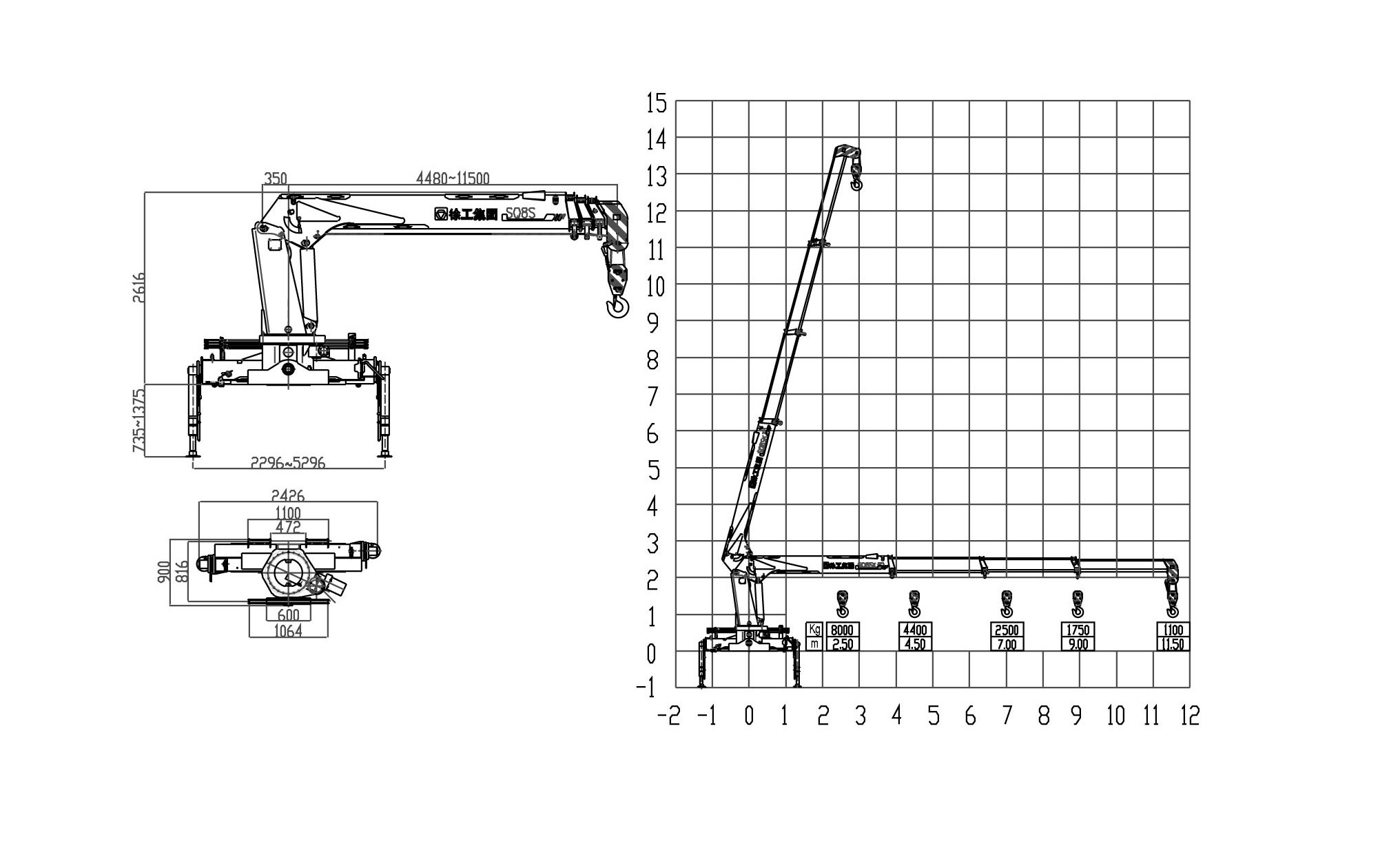Ensuring Safety and Security A Comprehensive Guide to Work Truck Trailer Tie-Downs
Introduction: Work truck trailer tie-downs are a critical component of transporting cargo securely and safely. Whether you are a professional truck driver, a fleet manager, or a small business owner utilizing a work truck for your operations, understanding the importance of proper tie-downs and knowing how to implement them effectively is essential. In this comprehensive guide, we will delve into the world of work truck trailer tie-downs, exploring the different types of tie-downs available, the best practices for securing various types of cargo, and the regulations that govern tie-down procedures. By the end of this article, you will have a thorough understanding of how to ensure the safety and security of your cargo during transportation. Types of Work Truck Trailer Tie-Downs: 1. Ratchet Straps: Ratchet straps are one of the most commonly used tie-downs for securing cargo on work truck trailers. These straps consist of a webbing material that is threaded through a ratcheting mechanism, allowing for easy tightening and securing of the load. Ratchet straps come in various lengths and weight capacities to accommodate different types of cargo. 2. Cam Buckle Straps: Cam buckle straps are another popular choice for work truck tie-downs. These straps feature a cam mechanism that locks the strap in place when tension is applied. Cam buckle straps are easy to use and provide a secure hold on the cargo. 3. D-rings and Tie-Down Anchors: D-rings and tie-down anchors are fixed points on the work truck trailer where tie-down straps can be attached. These anchoring points are typically mounted to the trailer bed or frame and provide a secure connection for securing cargo. D-rings and tie-down anchors come in various shapes and sizes to accommodate different types of tie-down straps. 4. Chain and Binders: For heavy-duty applications, chains and binders are often used to secure large and heavy cargo on work truck trailers. Chains provide a robust and durable option for tying down loads, while binders are used to tighten and secure the chain around the cargo. Properly securing chains with binders is crucial to prevent shifting or loosening of the load during transportation. Best Practices for Securing Cargo: 1. Choose the Right Tie-Downs: Selecting the appropriate tie-downs for your specific cargo is crucial to ensuring a secure load. Consider the weight and size of the items being transported, as well as the type of trailer and truck being used. Using the correct tie-downs will help prevent accidents and damage to the cargo. 2. Inspect Tie-Downs Regularly: Before each trip, inspect all tie-downs for signs of wear, damage, or degradation. Check for fraying, cuts, or tears in the webbing of straps, and ensure that ratchets and cam buckles are in good working condition. Replace any worn or damaged tie-downs immediately to prevent failure during transport. 3. Properly Distribute the Load: When securing cargo on a work truck trailer, it is essential to distribute the weight evenly and ensure that the load is balanced. Uneven weight distribution can cause the trailer to sway or tip over, leading to accidents and damage. Place heavier items towards the front of the trailer and secure them tightly to prevent shifting. 4. Use Multiple Tie-Down Points: For large or heavy cargo, use multiple tie-down points to secure the load effectively. Distributing the tension across multiple straps and anchoring points will help prevent the cargo from shifting or coming loose during transit. Be sure to cross-strap the cargo for added security and stability. Regulations and Standards: 1. Federal Motor Carrier Safety Administration (FMCSA): The FMCSA sets regulations for the safe transportation of cargo on commercial vehicles, including work trucks. According to FMCSA regulations, cargo must be secured using tie-downs that are rated to handle the weight and size of the load. Insufficient or improperly secured tie-downs can result in fines and penalties for drivers and carriers. 2. Commercial Vehicle Safety Alliance (CVSA): The CVSA conducts roadside inspections to ensure that commercial vehicles, including work trucks, are in compliance with safety regulations. During these inspections, inspectors check the cargo securement practices, including the use of proper tie-downs and securing methods. Non-compliance with cargo securement regulations can result in out-of-service violations for drivers and vehicles. 3. National Association of Chain Manufacturers (NACM): The NACM provides guidelines and standards for the safe use of chains and binders in securing cargo on commercial vehicles. Following NACM standards ensures that chains and binders are used correctly and are in good condition to prevent accidents and injuries. Aerial platform truck emergency response :  Work truck trailer tie-downs are a critical aspect of ensuring the safety and security of cargo during transportation. By understanding the different types of tie-downs available, implementing best practices for securing cargo, and adhering to regulations and standards, drivers and fleet managers can mitigate risks and prevent accidents on the road. Properly securing cargo with the right tie-downs not only protects the load but also safeguards other road users and the driver. Remember, safety should always be the top priority when it comes to work truck trailer tie-downs.
Work truck trailer tie-downs are a critical aspect of ensuring the safety and security of cargo during transportation. By understanding the different types of tie-downs available, implementing best practices for securing cargo, and adhering to regulations and standards, drivers and fleet managers can mitigate risks and prevent accidents on the road. Properly securing cargo with the right tie-downs not only protects the load but also safeguards other road users and the driver. Remember, safety should always be the top priority when it comes to work truck trailer tie-downs.